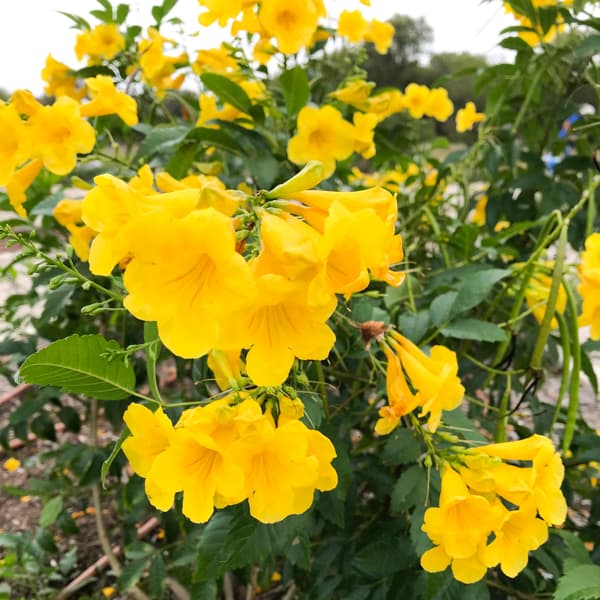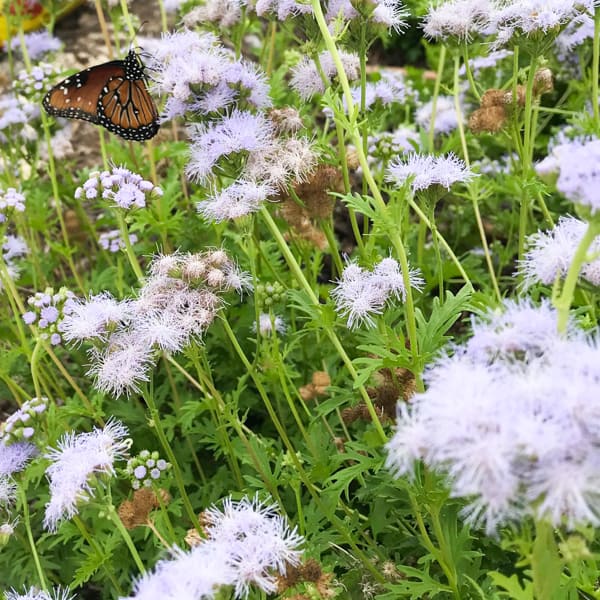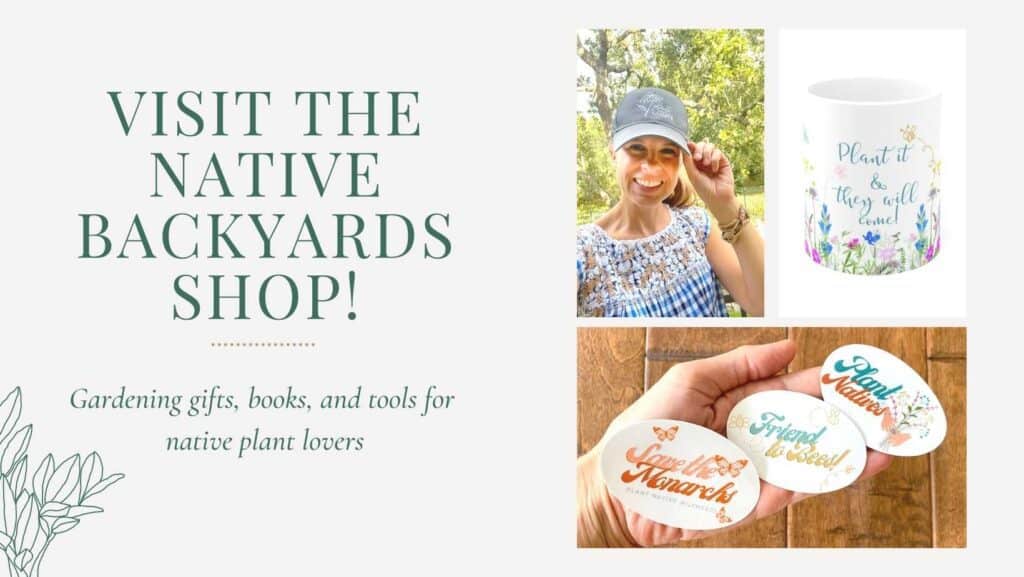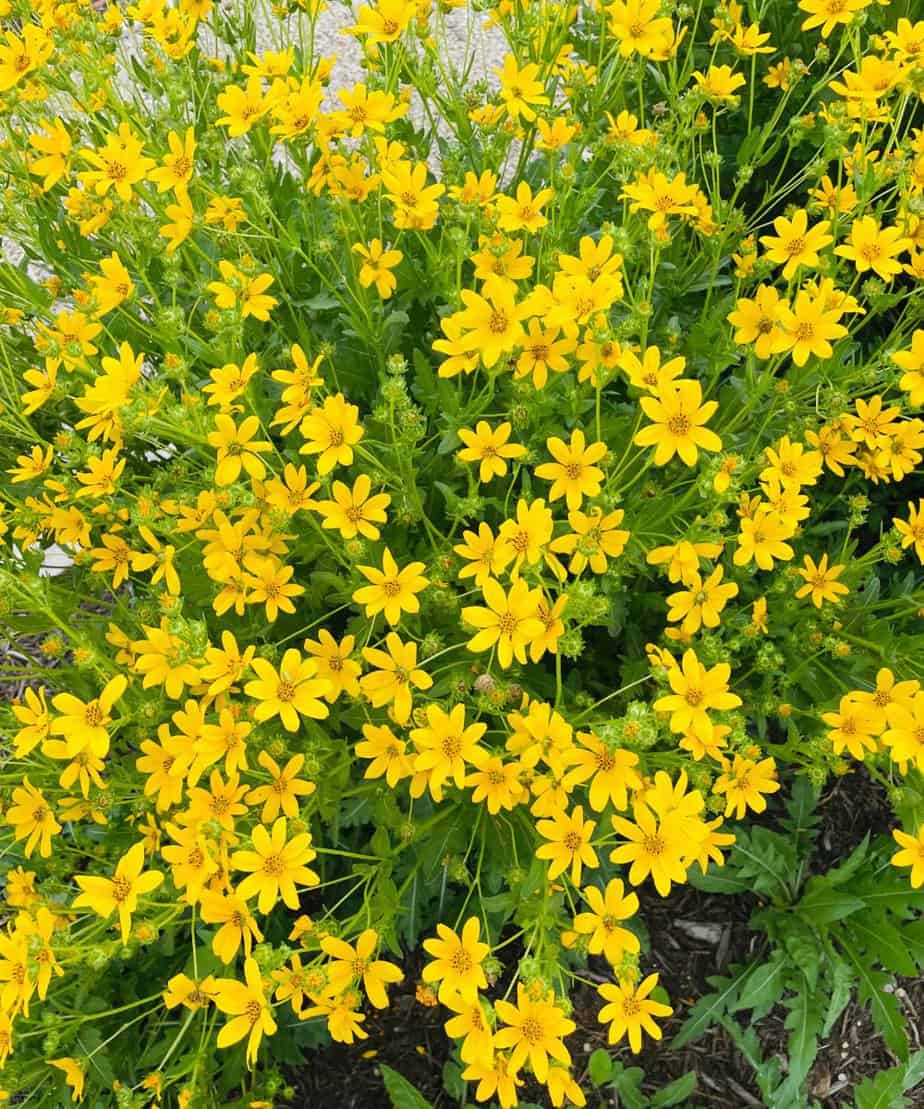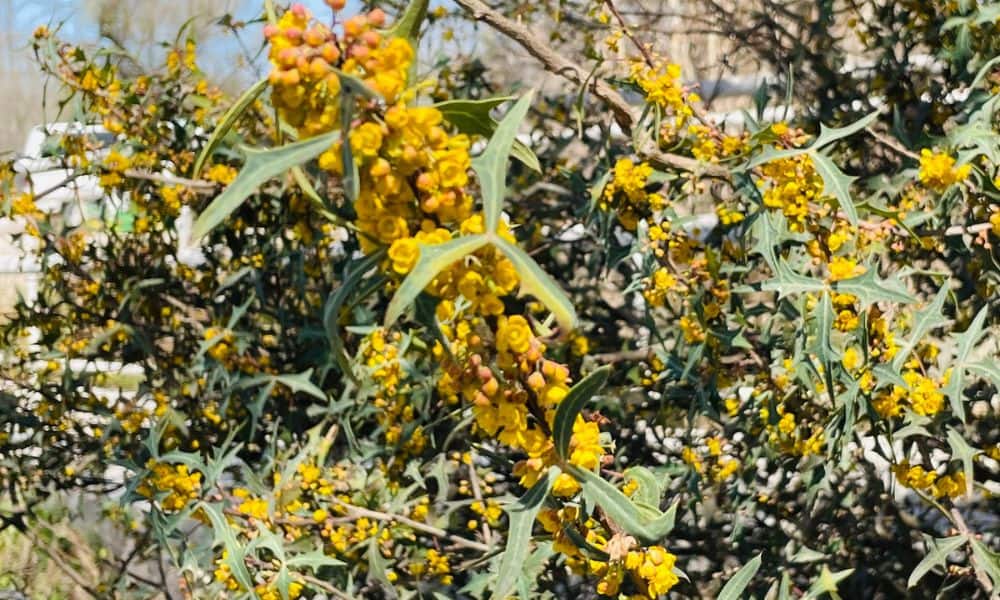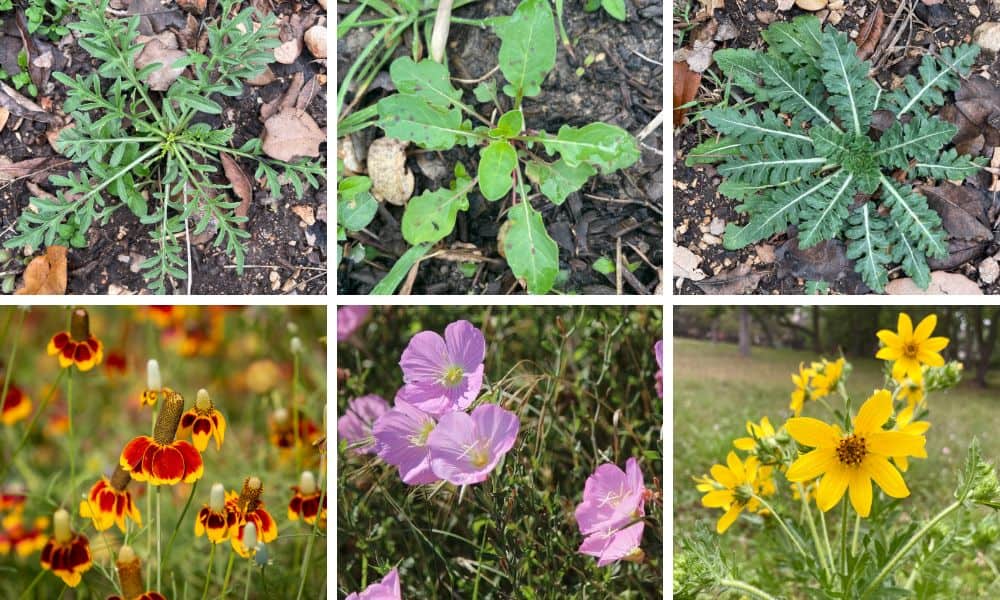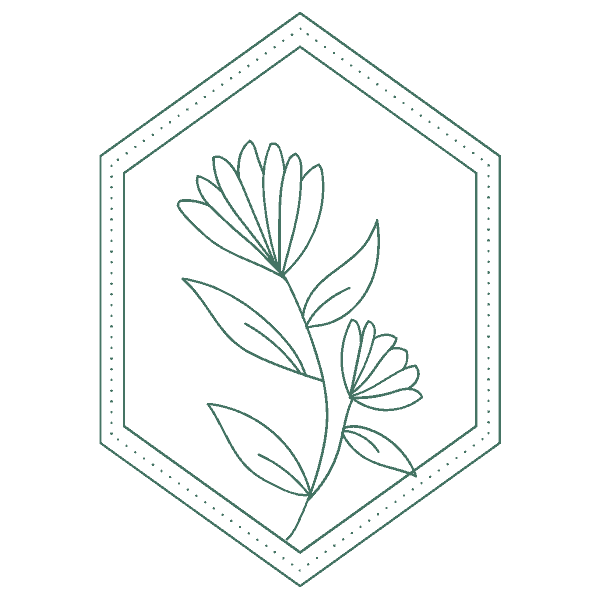
Did you know you can help the Earth without leaving your yard?
Growing native plants is the key!
Native Backyards is here to help you garden with native plants that pollinators and birds love.
I want to help you grow native plants!
Hi, I’m Haeley from San Antonio, TX and I’m here to help you grow more plants native to your area!
I have seen firsthand how the right plants can BRING YOUR YARD TO LIFE with butterflies, bees, and birds. 🦋🐝🐤
I’ve TRANSFORMED MY YARD with Texas natives over the last few years and I’m excited to share what I’ve learned with you.
JOIN MY NEWSLETTER – each week I’ll send you helpful tips to MAKE YOUR NATIVE PLANT GARDEN A REALITY:
Do you have a traditional grass lawn with a few shrubs?
Imagine instead if your yard was an oasis for song birds and pollinators!
Native Backyards is your resource for bringing your yard to life with native plants.
New to Native Backyards? Start Here:
Get the Book!
Visit the Shop
Latest Blog Posts
- 5 Reasons to Grow Cutleaf Daisy (Engelmannia peristenia)Looking for a beautiful native wildflower to add to your garden? Look no further than Cutleaf Daisy, also known by the common name Engelmann’s Daisy and scientific name Engelmannia peristenia! One of my favorite Texas native plants, Cutleaf Daisy has large, showy yellow flowers through spring and summer. It can handle full sun and intense heat, and is drought tolerant thanks to its deep taproot.
- 5 Reasons to Grow Agarita (Mahonia trifoliolata)Agarita (Berberis trifoliolata or Mahonia trifoliolata) is an evergreen shrub with holly-like foliage that thrives in full sun and provides year-round interest in your garden. It has clusters of fragrant yellow flowers in early spring, bright red berries in summer, and evergreen foliage throughout winter!
- Wildflower Identification: 10 Common Seedlings to Know!Have you sowed some wildflower seeds and want to be able to identify what is starting to sprout? Here is your wildflower identification field guide! I hope these photos will help you identify common Texas wildflowers while they are still seedlings, also known as basal rosettes. Here in Texas, these seedlings start appearing long before spring! I’ve listed them by their common name and scientific names, along with a photo of the seedling and the wild flower in bloom.

Find Native Plants Near You
Want to know more about the native plants in your area? Check out these native plant lists and resources for each state:

